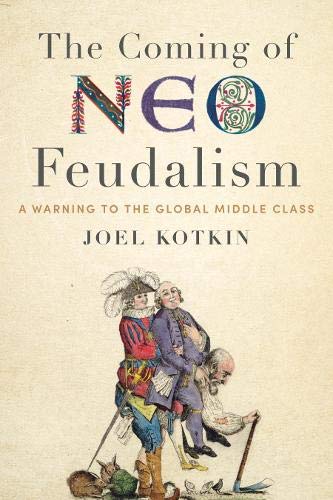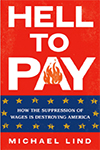
Remember the term “social contract?” It’s a term that’s been slowly gaining stream in recent years, but one that’s always been at the front of my mind, especially when it comes to cities. Simply put, our nation has been operating without a social contract now for decades, and that has a lot to do with our political, social and cultural issues today.
The definition of “social contract” will vary, but it usually means there is an implicit agreement between government and institutions and the public. Government and institutions agree to provide certain policies and services that allow people to prosper, and the people agree to, well, not rebel. Seriously, the people will often agree to sacrifice some individual freedom for state and institutional services.
The prosperity that followed World War II in America represented a unique time in our history, in world history, and led to the establishment of a unique American social contract, especially in economic terms. Essentially, with Europe’s economic powers recovering from the Depression and a devastating war, America took on the role of being the world’s economic and political superpower. America helped rebuild Europe. Yet America also led the world in manufacturing and industrial production when other nations could not. That was at the heart of the social contract that was established.
There were many facets to the post-WWII social contract. The G.I. Bill enabled veterans to establish their post-war lives – go to college, get generous terms for mortgages. Federal support for unions, which would’ve been unheard of in the first half of the 20th century, was especially strong as America became the world’s manufacturer. A happy and plentiful workforce, employed by booming industrial corporations, were supported by unions that ensured their gains. You could also include interstate highway development and the expansion of suburbia as elements of the social contract of the era.
That began to fray in the late ‘60s and early ‘70s. I won’t go into much detail here, but a period that saw political and social upheaval in the U.S., troubling economic issues due to rising energy prices and shortages, rampant inflation and the rise of other nations as they returned to the economic world stage, changed the American calculus.
By the 1980’s a split was becoming evident in the American social class structure. Upper-middle class people, the professional workforce I usually call the “salary class”, got a boost in the changing world. Improving technology heightened their production, and they were able to huge advances in computing technology, finance, medicine and health care, and more. Meanwhile, the lower-middle and middle classes, or what I’ve called the “wage class”, struggled with changes in the automation of manufacturing facilities, as businesses sought to reduce costs and lower prices on goods.
From my perspective, growing up in the 70’s and 80’s in the Midwest, I felt the loss of a social contract, without a new one replacing it.
So here we are today, after a tech boom and bust, a housing bubble that burst, continued economic growth without corresponding wage growth at all levels, and we have a societal dilemma now. Over the years I’ve viewed improving cities as one part of the reimagining of the middle class. I’ve written about this many times over. But now the moment seems to particularly demand it.
I wrote recently about the Economic Innovation Group’s proposed wage subsidy as a way to get our low-wage workforce on a course toward the middle class. But it turns out EIG has far more ideas than just a wage subsidy. They have a larger worker policy program. In EIG’s Agglomerations Substack, they rolled out a seven-point plan designed to strengthen and stabilize all segments of the American workforce.
Read the rest of this piece at The Corner Side Yard.
Pete Saunders is a writer and researcher whose work focuses on urbanism and public policy. Pete has been the editor/publisher of the Corner Side Yard, an urbanist blog, since 2012. Pete is also an urban affairs contributor to Forbes Magazine's online platform. Pete's writings have been published widely in traditional and internet media outlets, including the feature article in the December 2018 issue of Planning Magazine. Pete has more than twenty years' experience in planning, economic development, and community development, with stops in the public, private and non-profit sectors. He lives in Chicago.
Photo: Ken Mattison, composite of photos from album of People Working, via Flickr, under CC 4.0 License and CC 2.0 License.












